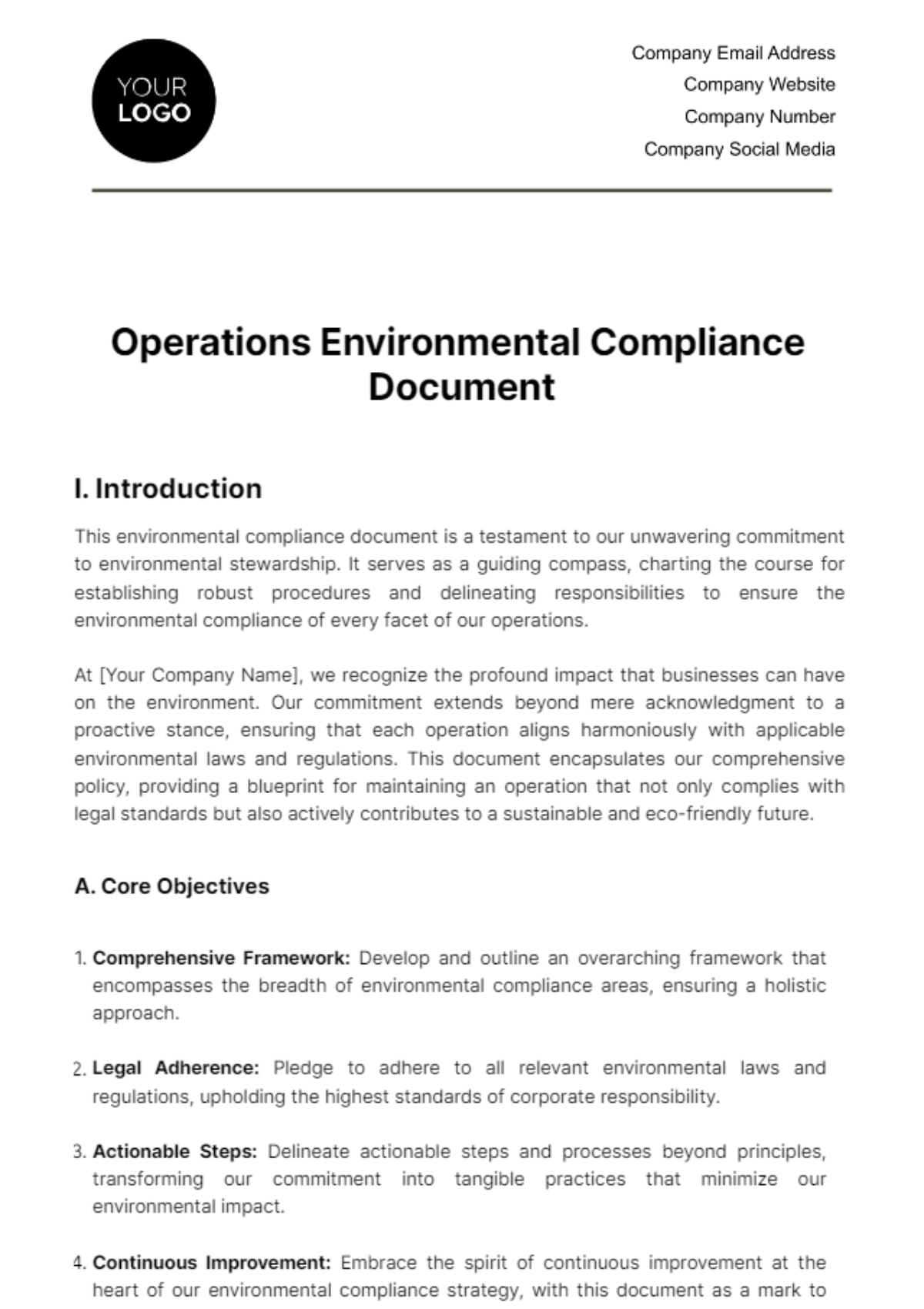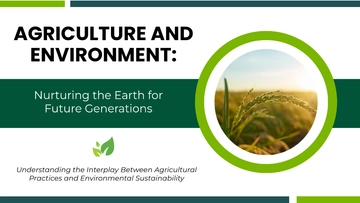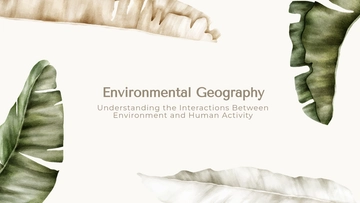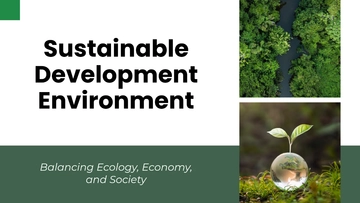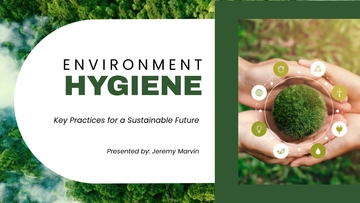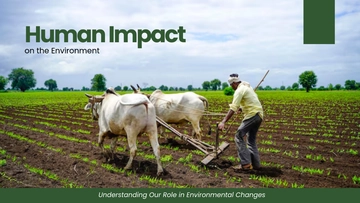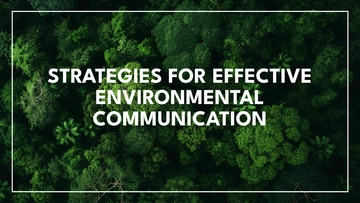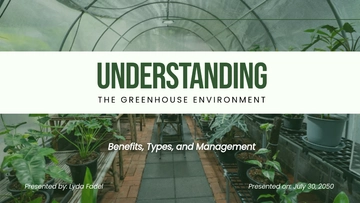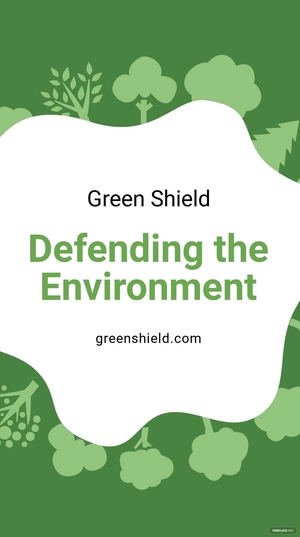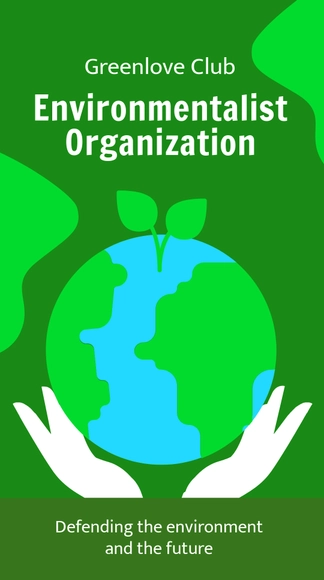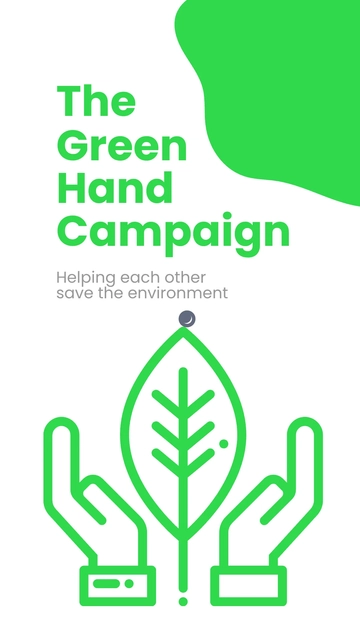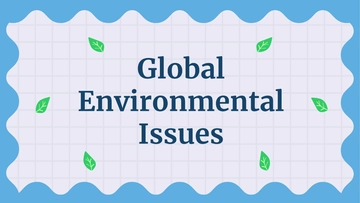Operations Environmental Compliance Document
I. Introduction
This environmental compliance document is a testament to our unwavering commitment to environmental stewardship. It serves as a guiding compass, charting the course for establishing robust procedures and delineating responsibilities to ensure the environmental compliance of every facet of our operations.
At [Your Company Name], we recognize the profound impact that businesses can have on the environment. Our commitment extends beyond mere acknowledgment to a proactive stance, ensuring that each operation aligns harmoniously with applicable environmental laws and regulations. This document encapsulates our comprehensive policy, providing a blueprint for maintaining an operation that not only complies with legal standards but also actively contributes to a sustainable and eco-friendly future.
A. Core Objectives
Comprehensive Framework: Develop and outline an overarching framework that encompasses the breadth of environmental compliance areas, ensuring a holistic approach.
Legal Adherence: Pledge to adhere to all relevant environmental laws and regulations, upholding the highest standards of corporate responsibility.
Actionable Steps: Delineate actionable steps and processes beyond principles, transforming our commitment into tangible practices that minimize our environmental impact.
Continuous Improvement: Embrace the spirit of continuous improvement at the heart of our environmental compliance strategy, with this document as a mark to our dedication to evolving with emerging environmental standards.
II. Regulatory Framework and Obligations
As part of our commitment to responsible corporate conduct, [Your Company Name] adheres to a broad spectrum of environmental regulations. Key areas of focus within our regulatory landscape include, but are not limited to, air and water quality standards, waste management protocols, and environmental impact of operations.
A. Air Quality Standards Compliance
To safeguard air quality, we implement rigorous monitoring procedures that include:
Regular Machinery Checkups: Scheduled assessments of all machinery to identify and address potential emissions concerns promptly.
Implementation of Low-Emission Technologies: Actively investing in and deploying state-of-the-art low-emission technologies to minimize air pollutants.
B. Water Quality Standards Compliance
Wastewater Treatment Protocols
Our commitment to water quality begins with robust wastewater treatment protocols, encompassing the following steps:
1.1. Advanced Treatment Methods: Employing advanced treatment technologies to ensure the removal of contaminants from wastewater.
1.2. Routine Assessments: Conducting routine assessments to monitor the effectiveness of treatment protocols and promptly address any deviations from water quality standards.
Prevention of Water Contamination
Preventing water contamination is a priority for [Your Company Name], involving the following steps:
2.1. Stringent Measures: We will ensure stringent measures to safeguard water sources from potential contaminants.
2.2. Regular Assessments: Conducting assessments regularly to identify and address potential contamination risks promptly.
C. Waste Management Compliance
Guidelines for Waste Segregation
1.1. Designated Collection Bins: Strategically place clearly labeled collection bins throughout our facilities, ensuring easy access and proper disposal for different types of waste, including recyclables and non-recyclables.
1.2. Regular Audits: Conduct routine audits of waste disposal areas to assess compliance with waste segregation guidelines and identify areas for improvement.
1.3. Waste Segregation Signage: Install prominent signage near waste collection points, providing clear instructions and visual aids to guide employees on appropriate waste segregation practices.
1.4. Integration of Technology: Explore and implement technology solutions, such as waste segregation apps or monitoring systems, to streamline and enhance the waste segregation process, ensuring accuracy and efficiency.
Recycling Commitment
2.1. Recycling Infrastructure: Invest in robust recycling infrastructure, collaborating with local recycling facilities to maximize the recycling of materials and minimize environmental impact.
2.2. Employee Engagement Programs: Actively involve employees in recycling initiatives through awareness programs, encouraging participation, and fostering a culture of responsibility toward waste reduction and recycling.
D. Environmental Impact Compliance
Evaluation Procedures
1.1. Comprehensive Environmental Audits: Conduct thorough and regular environmental audits across our operations, examining factors such as energy consumption, emissions, and waste generation to identify areas for improvement.
1.2. Ecological Footprint Assessment: Undertake a holistic ecological footprint assessment, considering resource consumption, carbon emissions, and overall environmental impact to gauge the sustainability of our operations.
Mitigation Strategies
2.1. Investment in Sustainable Practices: Actively invest in and promote sustainable practices within our operations, adopting technologies and methodologies that contribute to minimizing our environmental footprint.
2.2. Stakeholder Collaboration: Engage in collaborative efforts with stakeholders, including local communities and environmental organizations, to develop and implement effective mitigation strategies, ensuring a well-rounded and impactful approach.
III. Responsibilities and Obligations
The following table outlines the responsibilities distributed across key roles within [Your Company Name]:
Role | Responsibilities |
|---|
Management | Oversee and manage compliance activities, approve environmental strategies, ensure resource allocation. |
Environmental Compliance Team | Conduct environmental audits, collaborate with departments to enforce compliance, and update procedures. |
Employees | Follow environmental protocols, participate in training and awareness programs, report environmental concerns to the Compliance Team. |
This exemplifies the principle of shared responsibility within our organizational structure. Management, as the orchestrator, provides the necessary oversight and allocates resources to support compliance efforts. The Management is tasked with overseeing and managing compliance activities, with a focus on ensuring optimal resource allocation. The Environmental Compliance Team takes charge of conducting thorough environmental audits to align with evolving regulations. Employees, as the front line of our operations, play a crucial role by adhering to environmental protocols.
IV. Training and Awareness
To ensure that every member of our team is well-equipped with the knowledge and understanding necessary for effective environmental compliance, we have designed a comprehensive array of training and awareness programs. These initiatives, outlined in the table below, represent our dedication to fostering a workforce that is not only compliant with environmental regulations but actively engaged in reducing our ecological footprint:
Training | Details | Frequency |
|---|
Environmental Compliance | In-depth training covering the latest environmental laws, regulations, and compliance procedures. | Annual |
Waste Segregation Practices | Practical guidance on proper waste segregation, emphasizing the significance of source separation. | Bi-Annual |
Recycling Initiatives | Understanding the company's recycling programs, including guidelines and active participation. | Quarterly |
Environmental Impact Awareness | Raising awareness about the ecological footprint and individual contributions to environmental impact. | Semi-Annual |
Environmental responsibility is not just a commitment at [Your Company Name] – it's a guiding principle embedded in our organizational culture. These programs serve as crucial pillars in fortifying our collective commitment to sustainability. As we navigate through the intricacies of environmental compliance, these training initiatives empower our team members with the knowledge and tools needed to actively contribute to a greener and more sustainable future. These diverse training sessions are tailored to instill a sense of responsibility and environmental consciousness in every member of our workforce.
V. Periodic Reviews and Updates
A. Review Process
Our review process involves a meticulous examination of existing compliance procedures, environmental impact assessments, and technological advancements. This comprehensive approach enables us to identify areas of improvement, potential risks, and emerging best practices. The review is conducted annually, ensuring that our environmental compliance strategies remain not only in line with current regulations but also ahead of the curve in anticipating and addressing future challenges.
B. Update Procedures
Upon completion of the review, we undertake a proactive approach to update our procedures. This involves incorporating the latest legal requirements, technological innovations, and industry best practices into our environmental compliance framework. We ensure that our workforce is promptly informed of any changes, providing the necessary training and resources to adapt seamlessly to updated procedures.
Operations Templates @ Template.net
